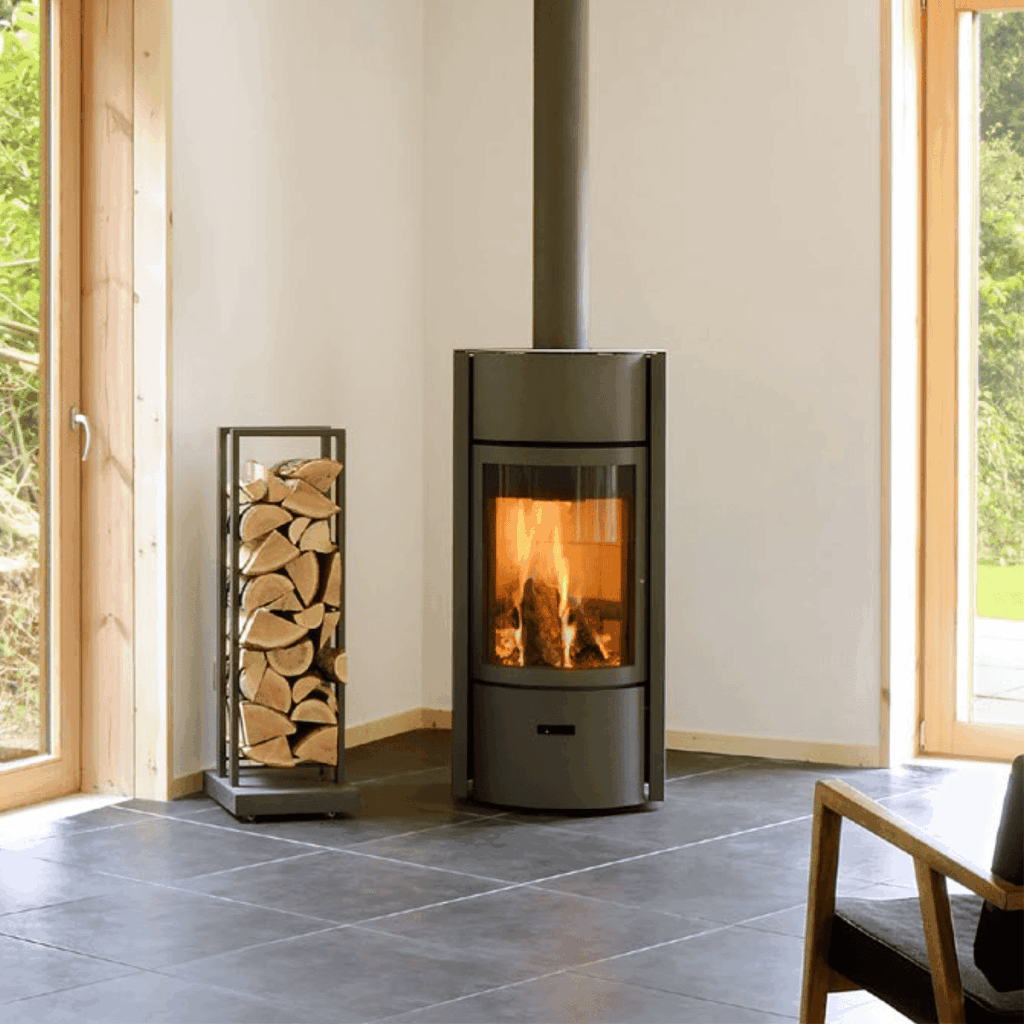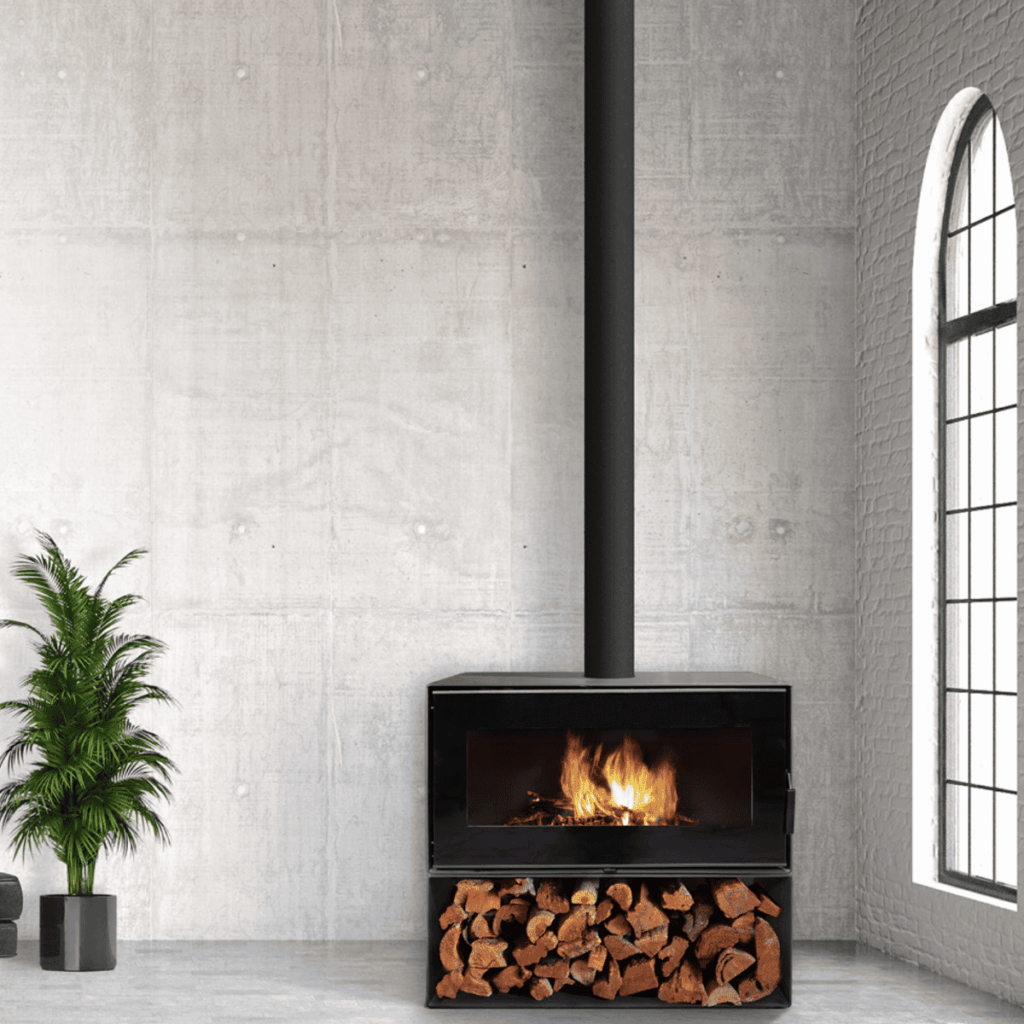
There’s something undeniably comforting about a wood fireplace. The gentle crackle of logs, the flicker of warm light, and the unmistakable scent of burning wood make it a staple in many Australian homes during winter. But as energy efficiency and environmental concerns grow, many homeowners are asking the same question: how can I make my wood fireplace more eco-friendly?
Fortunately, you don’t need to give up your cosy winter tradition to reduce your carbon footprint. With some smart choices and a bit of maintenance, you can make your wood fireplace far more sustainable—without sacrificing warmth or ambiance.
Why Wood Fireplaces Get a Bad Rap
Modern wood fireplaces, especially slow combustion models, have come a long way in terms of performance and emissions. With the right setup and practices, they can become a more responsible and sustainable heating choice.
Wood-burning fireplaces have often been criticised for their smoke output and impact on air quality. It’s true—older, open-style fireplaces or inefficient combustion units can release fine particles and greenhouse gases that contribute to air pollution. But that doesn’t mean all wood heaters are equal.

Choose a Modern, Low-Emission Wood Heater
If your fireplace is more than a decade old, it’s probably time for an upgrade. Older models tend to be less efficient and produce more smoke. Upgrading to an Australian-certified low-emission wood heater can significantly reduce the environmental impact of your heating.
Newer wood heaters are designed to burn wood more completely, producing more heat with less fuel. That means fewer emissions, less ash, and lower wood consumption over time. Look for models that meet the latest national wood heater standards, which regulate particulate emissions and energy efficiency.
If you’re still using an open fireplace, consider installing an insert or converting it to a slow combustion unit. Not only will it perform better—it’ll keep your home warmer for longer with less wood.
Burn the Right Kind of Firewood
Not all wood is created equal. The type of firewood you use can make a huge difference in how eco-friendly your fireplace is. Burning wet or unseasoned wood creates more smoke, more creosote build-up in your chimney, and less heat overall. It’s bad for the environment and your wallet.
To make your fireplace more environmentally friendly, always burn dry, seasoned hardwoods. Look for options like ironbark, red gum, or box, which burn hot and slow with minimal smoke. These woods are denser and provide better heat output compared to softwoods or green timber.
Properly seasoned firewood should have been dried for at least 12 months and have a moisture content below 20%. You’ll know it’s ready to burn if it feels light, makes a sharp crack when knocked together, and has cracks in the end grain.
Store Your Firewood the Right Way
Even the best firewood won’t burn cleanly if it’s stored poorly. Keep your firewood dry and well-ventilated to ensure it stays seasoned and ready to use. Avoid stacking wood directly on the ground—use a raised rack or pallet to improve air circulation and prevent moisture absorption.
Cover the top of your woodpile with a waterproof tarp or roof, but keep the sides open so air can flow freely. Try to store your firewood in a sunny spot protected from rain. Good storage is just as important as good wood when it comes to clean burning.
Use a Clean-Burning Technique
How you build and manage your fire matters. Many people overload their fireplace or burn too slowly, creating more smoke and pollution than necessary. To reduce emissions, use the “top-down” method: place large logs on the bottom, smaller kindling in the middle, and firelighters or fine twigs on top. This encourages a hotter, cleaner burn from the start.
Once your fire is going, aim to keep it burning hot rather than letting it smoulder. A roaring fire will combust wood more completely, producing less smoke and more heat. Use the air controls on your fireplace to regulate airflow and maintain optimal burning conditions.
Never burn treated timber, painted wood, plywood, or rubbish. These materials release toxic fumes that are harmful to both your health and the environment.

Regular Maintenance Makes a Big Difference
A well-maintained fireplace burns cleaner and more efficiently. Over time, creosote and ash build up in your chimney and firebox, which can restrict airflow and increase emissions. Worse still, heavy creosote deposits are a fire hazard.
Have your chimney inspected and cleaned at least once a year, preferably before winter. You can also regularly clear out excess ash, but don’t remove all of it—some ash actually helps insulate the fire and maintain high temperatures.
Check your fireplace seals and doors too. Leaky gaskets or warped doors can reduce performance and increase air pollution. Replacing worn parts helps your heater run at its best.
The Bottom Line
You don’t need to give up the comfort of a wood fireplace to make more environmentally responsible choices. By investing in a modern wood heater, burning the right kind of firewood, and maintaining your system properly, you can dramatically reduce emissions and waste. Add in a few smart habits and supplementary heating strategies, and your fireplace becomes a cleaner, greener way to keep warm.
In a country like Australia, where winters vary from chilly Melbourne mornings to crisp country evenings, a well-maintained and thoughtfully used wood fireplace still has a place. With the right approach, you can enjoy the glow of the flames without the guilt.





